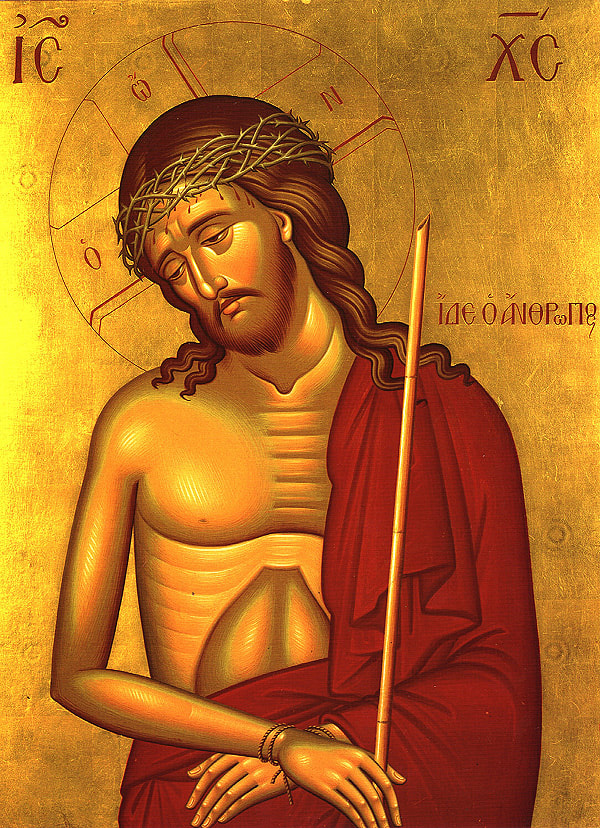If you ever get to church (at most churches) before the start of the Divine Liturgy on a Sunday, you will hear the Orthros being sung. The Orthros ends with a Doxology, or a hymn of praise and glory (rather, the Orthros ends, we sing the Doxology, then the Liturgy begins).
Vespers: This is a worship service that can be held every evening in the church. However, in most parishes, we only celebrate a Vespers service on the day before the feast day of the church. (For example, if you go to a church named St. Nicholas, the church’s feast day is December 6th. The church would celebrate a Vespers service on December 5th in the evening). Sometimes parishes have Vespers services before major feast days (like Christmas) or sometimes on Saturday evenings. A Vespers service contains a reading from the psalms, petitions of the priest as we pray to God to keep us safe, healthy, on the right path, for peace in the world, and sometimes readings from the Old Testament. There are also many hymns that are sung during a Vespers service. They have to do with the saint or event remembered on that particular day, hymns associated with a particular day of the week or time of the year, and hymns associated with a particular musical tone (like in the Orthros). Usually, we think of a Vespers as starting off a new day, even though it takes place at night. In other words, when we come together to church for a Vespers service, we are really remembering or celebrating something that will take place the next day. During Holy Week, things change a bit. Normally, we think of an Orthros taking place in the morning and a Vespers at night. During Holy Week, however, the reverse happens – the Vespers takes place in the morning and the Orthros at night – all done in anticipation of the coming day. For example, the first service after the Divine Liturgy on Palm Sunday that we celebrate during Holy Week is on Sunday night. Instead of being a Vesper service, technically, it is the Orthros for Holy Monday. Likewise, the Bridegroom Service on Holy Monday night is the Orthros for Holy Tuesday; the Bridegroom Service on Holy Tuesday night is the Orthros for Holy Wednesday. On Holy Thursday morning, we celebrate a Vesperal Divine Liturgy remembering the Mystical Supper (Last Supper/Institution of the Holy Eucharist). On Holy Thursday night, the Service of the 12 Gospels, is really the Orthros for Holy Friday. We mention this so you know what the proper order of services is during Holy Week. For this year to consider… First, we have to remember that the first three services of Holy Week are all called Bridegroom services. Christ serves as the Bridegroom and the Church as the Bride. Christ gave His life up completely, out of sacrificial love, for His bride, the Church (see Matthew 9:15, 25:1-13, and Isaiah 61 & 62 – and read it, starting with 61:1, as Jesus speaking directly to Isaiah – Jesus is the “Me” in 61:1, for example; the particular references to the bridegroom are 61:10 and 62:5). Second, all the Bridegroom services teach us to pay attention constantly to our life in Christ. We need to be on constant spiritual alert to things which will move us away from Christ. Third, the Gospel reading for this day has several distinct lessons. However, I would like to focus on the withering of the fig tree. Here is the text for that portion of the reading: Now in the morning, as He returned to the city, He was hungry. And seeing a fig tree by the road, He came to it and found nothing on it but leaves, and said to it, “Let no fruit grow on you ever again.” Immediately the fig tree withered away. The context of this portion of the reading is as follows. Jesus has just entered Jerusalem triumphantly (Palm Sunday). The people were chanting a hymn from the Psalms that foretells of the coming of the Christ. This enrages the Hebrew leadership (Pharisees, scribes, and Sadducees). They have already been furious with Jesus because of His teaching and because Jesus has acted and spoken against many of the teachings of those groups – and Jerusalem has these leaders in a concentrated area. Shortly after the withering of the fig tree takes place, in chapter 23, Jesus rails against the scribes and Pharisees as hypocrites. That was the context of the incident of the withering of the fig tree. As we see this happening from the verses above, we see Jesus heading towards Jerusalem. This signifies the center of the hypocrisy of the scribes and Pharisees. The fig tree represents spiritual fruit, and the scribes and Pharisees were not producing any. Therefore, as the fig tree was barren, so was the spirituality of the Hebrew leadership. Jesus makes the fig tree wither as a prophecy that the barrenness of the faith of the scribes and Pharisees will make them wither away. Further, the tree withers upon the curse of Jesus: “Let no fruit grow on you ever again.” This refers, of course, to the faithless hypocrites who are leading people away from Jesus (especially for their own gain and authority). As well, it is a curse upon Jesus’ fellow Hebrews who will condemn Him to death. As Orthodox Christians, we do not want to find ourselves in a position in which we are not bearing fruit and yet are calling ourselves Christians! The Christian must be someone, among other things, that is showing the faithfulness of the heart through a life that is Christ-like. The contra-position to this scene is a fig tree that is full of fruit. That is what Jesus wants us all to be: trees that bear much fruit. Because of Pentecost, we are certainly able to be fruitful trees through the indwelling and works of the Holy Spirit. The fruit we are to bear is spiritual fruit: love, joy, peace, longsuffering, kindness, goodness, faithfulness, gentleness, self-control (see Galatians 5:22-23), and acts thereof towards our fellow human beings. This spiritual fruit can never be taken from us and helps build us up towards Christ and His heavenly kingdom. This spiritual fruit is a sign that we are faithful adherents to Jesus Christ and His Gospel! By beloved friends, may Christ, through the love He expressed by virtue of His Passion, Death and Resurrection, always lead us to produce fruits that are worthy of His kingdom. Amen. With Love in Christ, +Fr. Nick Comments are closed.
|
AuthorsMessages written by the clergy of our parish. Archives
May 2021
Categories
All
|
© 2023
Saint Nicholas Greek Orthodox Church
3109 Scio Church Road, Ann Arbor, MI 48103
Phone: (734) 332-8200
Fax: (734) 332-8201
Saint Nicholas Greek Orthodox Church
3109 Scio Church Road, Ann Arbor, MI 48103
Phone: (734) 332-8200
Fax: (734) 332-8201


 RSS Feed
RSS Feed
